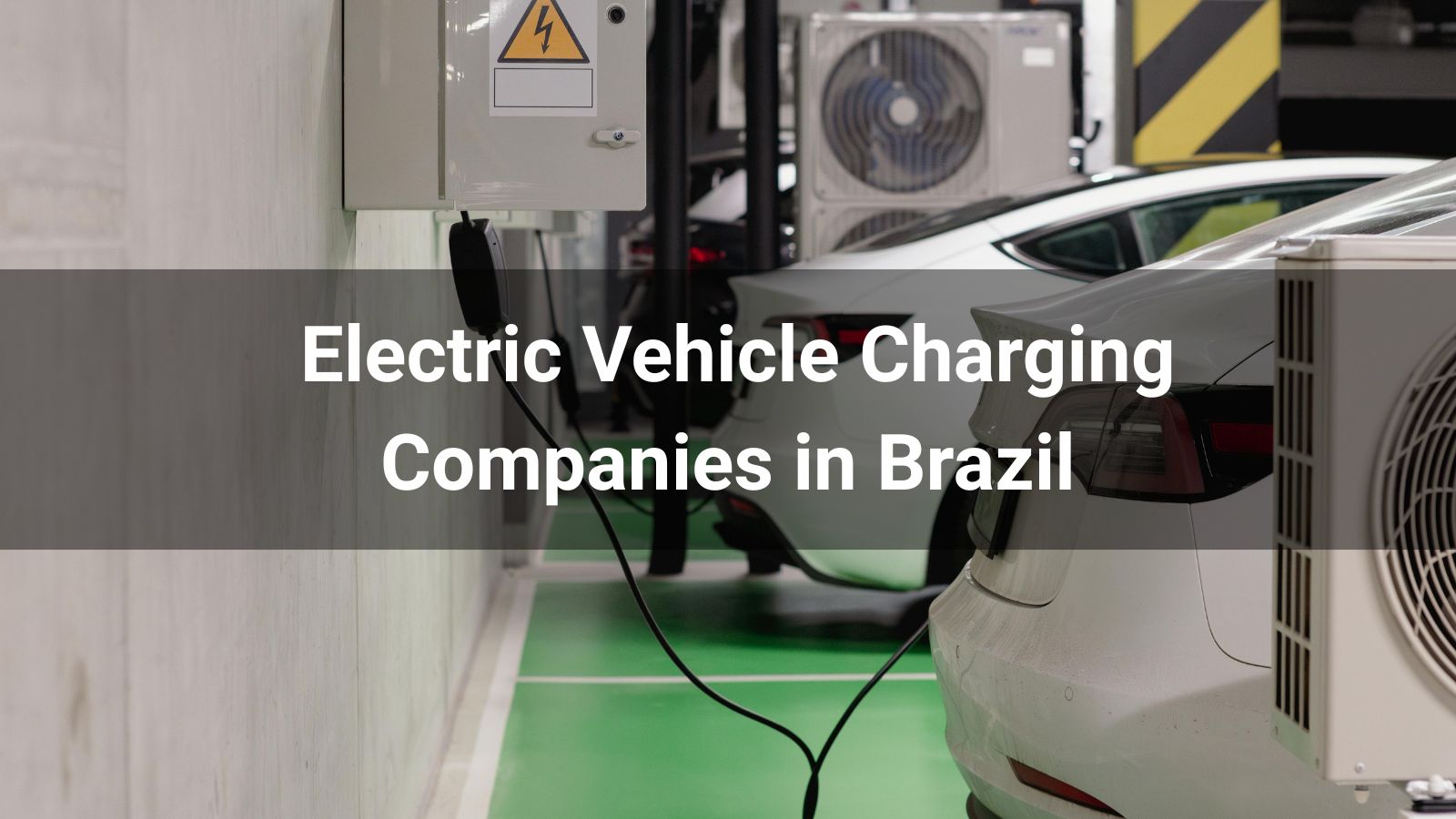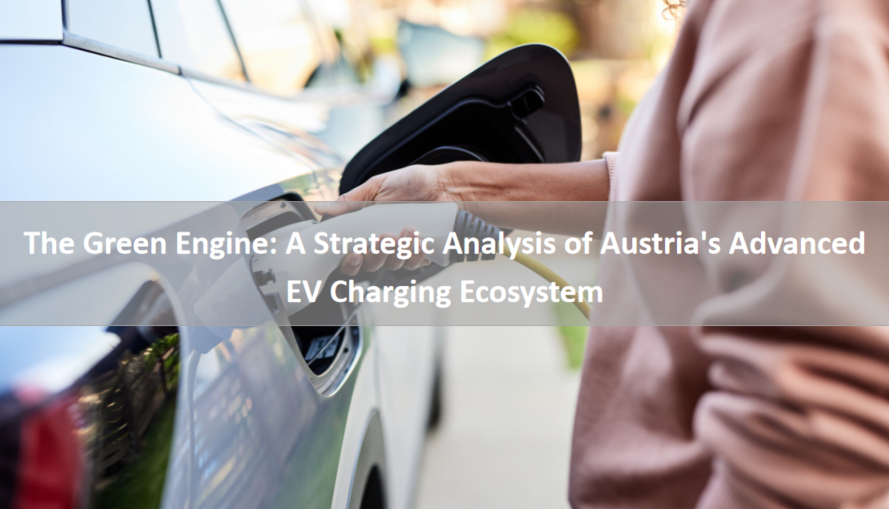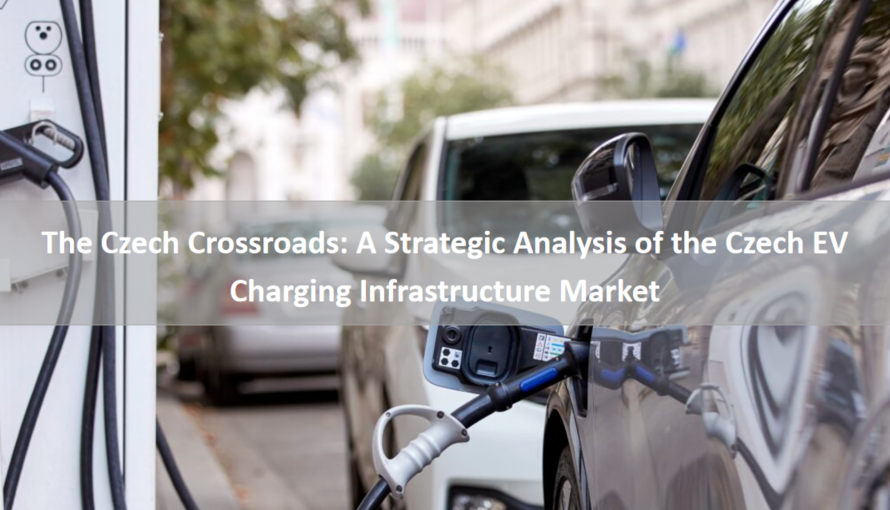
The prompt highlights Indonesia's significant commitment to the Electric Vehicle (EV) market, backed by a $17 billion roadmap and ambitious targets for 2.1 million electric motorcycles and 400,000 electric cars by 2025, with a key focus on 20% local manufacturing.
Based on recent market developments, Indonesia is experiencing a rapid acceleration, transitioning from nascent adoption to a strategic regional EV hub, driven by strong government policy and resource advantages:
In light of the market's need for a massive, reliable, and integrated charging infrastructure, Anari Energy, as a provider of EV chargers, Energy Storage Systems (ESS), and "Solar + ESS + Charging" integrated solutions, is well-positioned to contribute:
| Indonesia's Growth Need | Anari Energy's Relevant Product/Solution | Soft Integration Analysis |
|---|---|---|
| Rapid Expansion of Charging Infrastructure (for cars & fleets) | Aquila DC Series and Vulco DC Series DC Charging Stations (High-Efficiency, Intelligent Fast Charging) | These DC Fast Charging solutions directly address the urgent need for Public En-Route and Depot Chargers (for electric fleets) to support long-distance travel and commercial operations, which is crucial for reducing range anxiety and meeting government targets. |
| Convenient Urban & Residential Charging (to drive mass adoption) | Gaia AC Series and Tiber/Sena AC Wallbox Chargers (Smart Charging with Home Load Balance) | As EV sales rise, the need for safe, intelligent home and office charging increases dramatically. Anari's Smart Wallbox with Home Load Balance is ideal for Indonesia's existing residential power grids, preventing overloads and optimizing charging for daily urban use. |
| Resilience & Decarbonization (Aligning with Green Economy goals) | Solar + ESS (Energy Storage System) + Charging Integrated Solutions | This is a key strategic fit. By offering combined systems, Anari can help CPOs (Charging Point Operators) and commercial sites build off-grid or grid-resilient charging hubs. The integration of solar and battery storage helps stabilize the grid, ensures charging availability even in remote or developing areas, and aligns with Indonesia's move away from fossil-fuel-based electricity production toward its net-zero goals. |
By providing a spectrum of reliable AC, DC, and integrated solar-storage charging solutions, Anari Energy can directly empower Indonesia’s goal of rapidly building the foundational infrastructure necessary to support millions of new electric vehicles on the road by 2025 and beyond.







